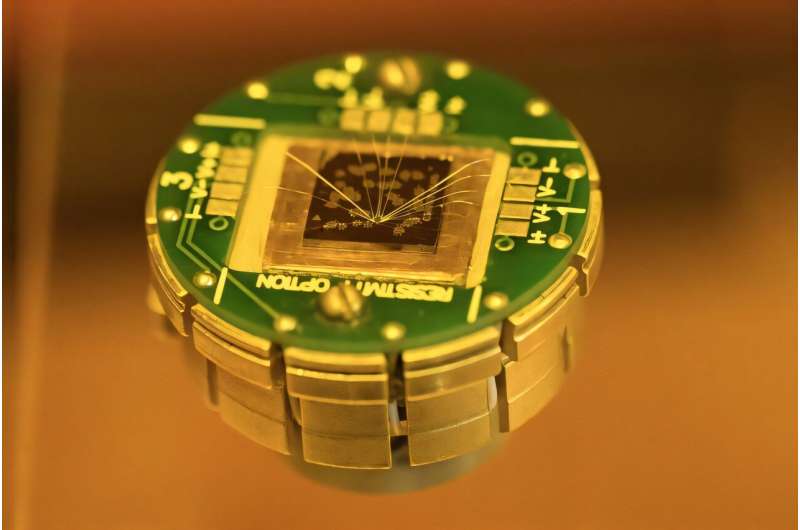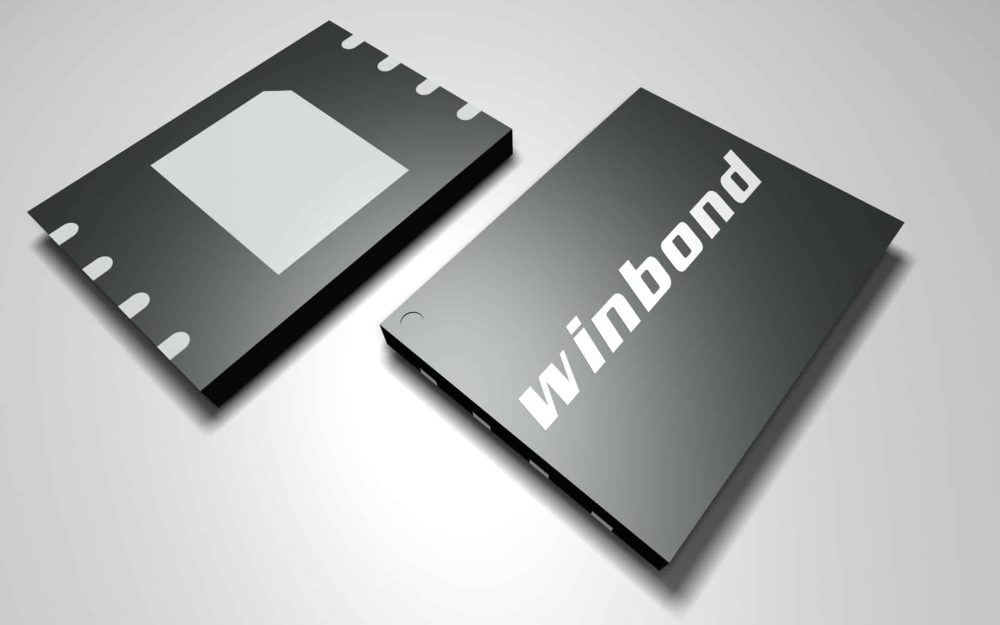In a landmark discovery that could reshape the future of computing, researchers at Chalmers University of Technology in Sweden have developed a revolutionary two-dimensional material that combines two opposing magnetic states. This breakthrough promises to reduce energy consumption in memory chips by a staggering 90%, addressing one of the most pressing challenges in our increasingly digital world.
With global data processing projected to consume nearly 30% of the world’s energy within the next few decades, this innovation arrives at a critical moment for sustainable technology development.
The Magnetic Revolution in Memory
Modern computing, from AI systems and smartphones to autonomous vehicles and medical devices, relies heavily on memory chips that use magnetism to store information. Traditionally, improving these chips has meant making them faster, smaller, and more efficient by carefully controlling how electrons behave in magnetic materials under external magnetic fields.
However, the exponential growth in data creation and processing has pushed current technology toward its physical limits. “The volume of data being stored, processed, and transmitted is growing exponentially,” explains Dr. Bing Zhao, lead author of the study published in Advanced Materials. “This has prompted an urgent search for new approaches to building far more energy-efficient memory units.”
Two Magnetic Personalities in One Material
The Chalmers team’s breakthrough lies in creating a single, atomically thin material that hosts both ferromagnetism and antiferromagnetism, two fundamental magnetic states that typically oppose each other.
-
Ferromagnetism is what we recognize in everyday magnets; electrons align uniformly, creating a strong, external magnetic field.
-
Antiferromagnetism features electrons with opposing spins that cancel each other out, resulting in a net external magnetic field of zero.
“Unlike complex, multilayered systems, we’ve succeeded in integrating both magnetic forces into a single, two-dimensional crystal structure,” says Professor Saroj P. Dash, who led the research project. “It’s like a perfectly pre-assembled magnetic system, something that couldn’t be replicated using conventional materials.”
The “Tilt” That Changes Everything
The material’s unique structure creates what researchers describe as a “tilted” magnetic alignment. This built-in tilt allows electrons to switch direction rapidly and easily without requiring external magnetic fields, thereby eliminating one of the most energy-intensive steps in conventional memory operation.
“This tilt allows electrons to switch direction rapidly and easily without the need for any external magnetic fields,” Dr. Zhao emphasizes. “By eliminating the need for power-hungry external magnetic fields, power consumption can be reduced by a factor of 10.”
Simpler Manufacturing, Greater Reliability
The new material, a magnetic alloy containing cobalt, iron, germanium, and tellurium, also offers practical advantages for manufacturing. Its van der Waals structure, where layers are bound by weak atomic forces rather than chemical bonds, eliminates interface problems that plague conventional multilayer approaches.
“A material with multiple magnetic behaviors eliminates interface issues in multilayer stacks and is far easier to manufacture,” Prof. Dash notes. “Previously, stacking multiple magnetic films introduced problematic seams at the interfaces, which compromised reliability and complicated device production.”
A Sustainable Path for AI and Computing
This discovery comes at a pivotal moment when concerns about the energy footprint of artificial intelligence and large-scale data processing are growing. The Chalmers breakthrough could enable a new generation of ultra-efficient memory chips specifically designed for AI applications, mobile technology, and future data centers.
As digital transformation accelerates globally, innovations like this 2D magnetic material may prove essential for building a sustainable technological future, where progress doesn’t come at the cost of prohibitive energy consumption.
The research team is now working to develop the material further and explore its integration into practical memory devices, potentially bringing this energy-saving technology to market within the coming years.

